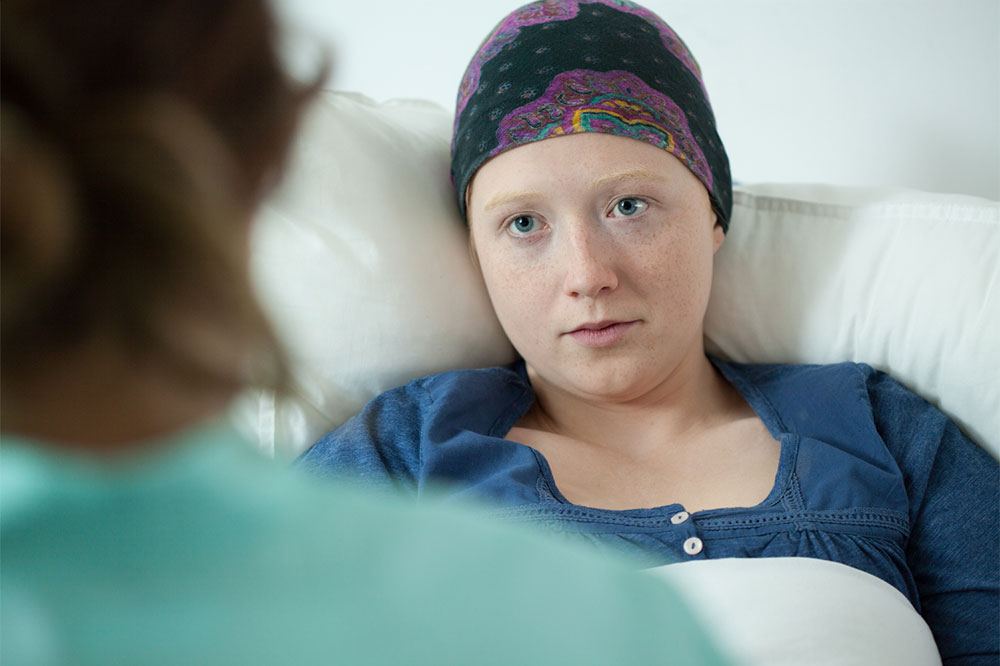Leukemia Insights: Causes, Types, and Treatments
This article offers an in-depth overview of leukemia, highlighting its causes, main types, and treatment strategies. It explains how leukemia impacts blood cells, the differences among the four main types, and current treatment options. Designed for general readers, it aims to improve understanding of this complex disease. Always seek professional medical advice for diagnosis and treatment of leukemia or any health concerns.

Leukemia Insights: Causes, Types, and Treatments
The American Cancer Society (ACS) estimates that about 60,300 new leukemia cases will be identified in the U.S. this year, with roughly 24,370 related deaths. Leukemia is a cancer originating in blood stem cells, either as immature myeloid cells, which produce monocytes, platelets, or granulocytes, or as lymphoid cells, like B, T, or NK cells that fight infections. These abnormal cells rapidly proliferate, replacing healthy cells and weakening immune defenses.
There are four main types of leukemia based on their cell origin—either lymphoid or myeloid—with each having unique characteristics and treatment options:
1. Acute lymphocytic leukemia (ALL)
Annually, around 6,000 Americans are diagnosed, mostly children under 5. While infants are most vulnerable, adults over 50 are also at risk. Treatments include chemotherapy, radiation, stem cell transplants, and immunotherapy, with better outcomes often seen in younger patients.
2. Chronic lymphocytic leukemia (CLL)
Usually diagnosed in older adults, averaging around 70 years, CLL progresses slowly and may spread if untreated. Each year, about 21,000 cases are identified, with roughly 4,500 deaths. Common treatments involve chemotherapy, immunotherapy, radiation, and stem cell therapy.
3. Acute myeloid leukemia (AML)
AML is the most aggressive form, with approximately 19,500 new cases annually and over 10,600 deaths. It mainly affects individuals around 68 years old. Prompt treatment involving chemotherapy and targeted therapies can achieve remission rates of 70-80%, with a five-year survival rate of approximately 26%.
4. Chronic myeloid leukemia (CML)
Affects about 8,400 people yearly, mostly older adults with an average age of 65. It results from genetic mutations like the Philadelphia chromosome, leading to uncontrolled growth of abnormal cells. Treatment options include targeted drugs, radiation, stem cell transplants, and immunotherapy.
Note:
This overview provides general information on leukemia symptoms, causes, and therapies. For medical advice and personalized treatment plans, consult qualified healthcare professionals.


